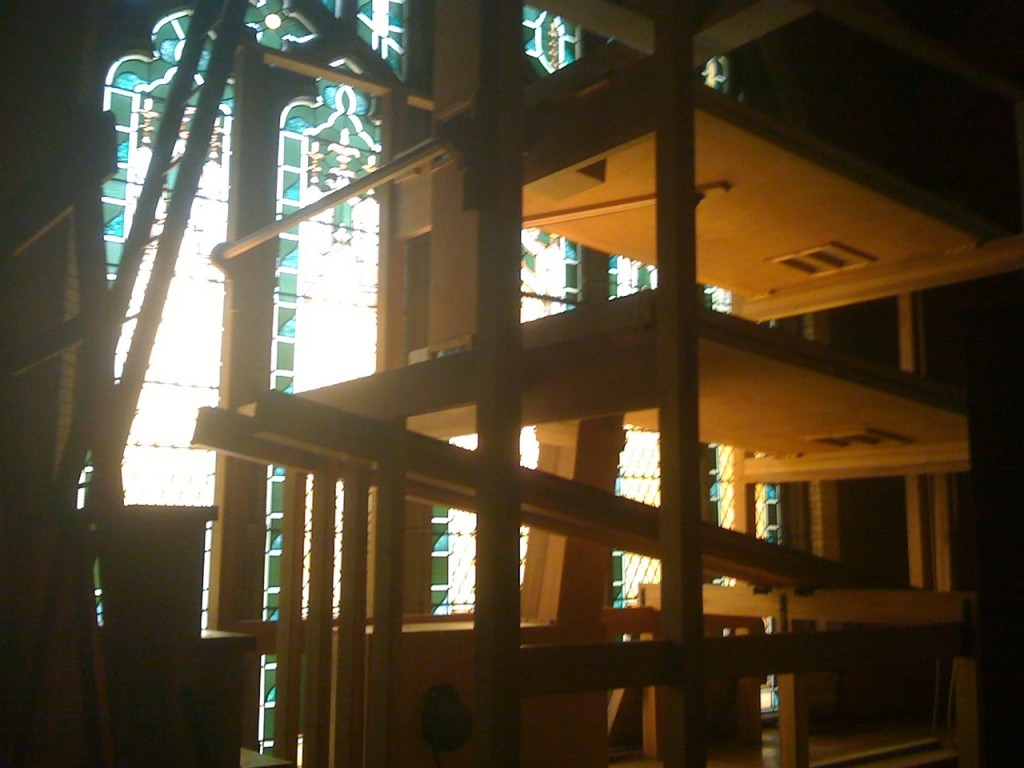One of my favorite parts of commencement is the music. I know it’s a little corny, but I always get a little sentimental when I hear “Pomp and Circumstance” being played ad infinitum by a brass ensemble amidst a sea of caps, gowns, and proud families.
Many colleges have special traditions that make their commencement ceremonies a little bit unique. At my husband’s graduation from Middlebury, every graduating senior was given a cane in honor of distinguished alumnus Gamaliel Painter. My sister’s graduation from Bates was the shortest graduation I have ever been to, because all the graduates have just pulled an all-nighter (the seniors have a traditional all-night party that ends with everyone climbing the local mountain and singing Free Bird as the sun rises). As a proud Wellesley alumna, I am without a doubt biased, but I just love the little musical tradition that is part of our commencement.
After the conferring of the degrees at Wellesley’s commencement, the new graduates, led by the choir, sing America the Beautiful (Katharine Lee Bates, Wellesley class of 1880, wrote the lyrics). At Wellesley, there’s an important change to the text, one that hopefully Katharine Lee Bates would have approved of. The chorus to America the Beautiful, the Wellesley College edition, is “and crown thy good with sisterhood, from sea to shining sea.” It always makes me smile.





 '
'